Description
Name in North American Boletes: Leccinum chalybaeum

By Arleen Bessette
Genus: Leccinum
Species: chalybaeum
- Species 2: scabrum var. chalybaeum
Common Name:
Tells: Very firm, shorter salt & pepper stem. Flesh bruises pinkish, aging toward dark purplish gray. Whitish pores are depressed by the stem & bruise olive/brownish. Likes sandy soil near oak.
Other Information: Cap is viscid when fresh (often shiny when dry). Cap color starts pinkish buff & ages toward dingy yellow brown, often w/”steel gray” tints (esp. by the edge). A southern species. It’s not “chalcybeum,” “chalcybaeum”, or “chalybeum” but enough people misspell it to enter the keywords [laugh].
Science Notes:
Edibility: Good.
CHEMICAL TESTS:
- NH4OH (Ammonia): Flesh slowly turns pale greenish blue.
- KOH: Flesh turns yellow.
- FeSO4 (Iron Salts): Flesh turns greenish blue.
Links:
 |
0 |  |
0 |  |
200 |  |
245 |

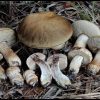
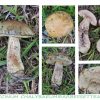
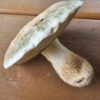
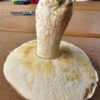
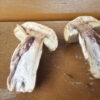
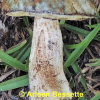

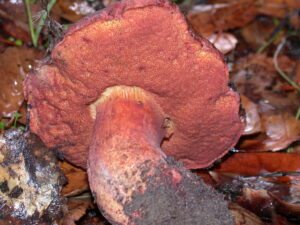
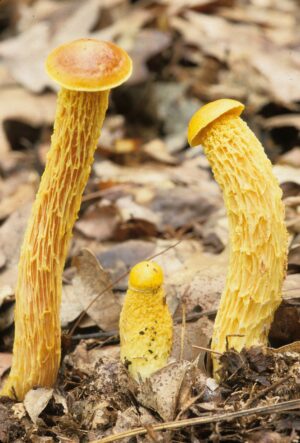
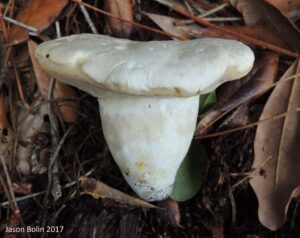
Got something to discuss?